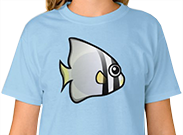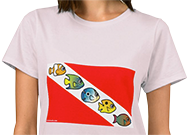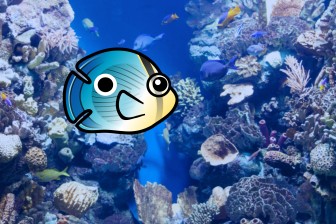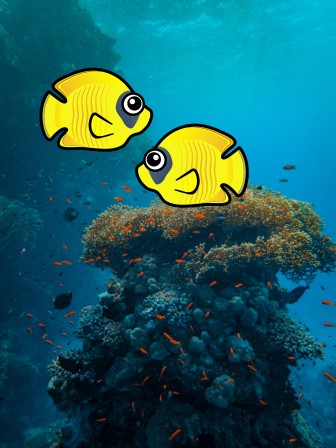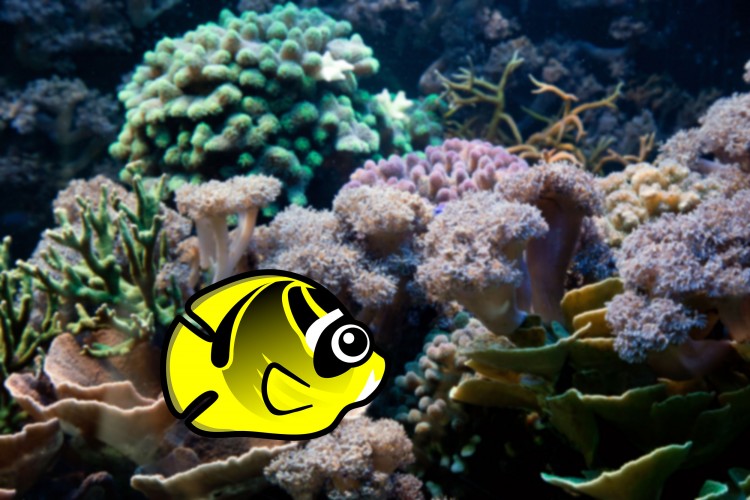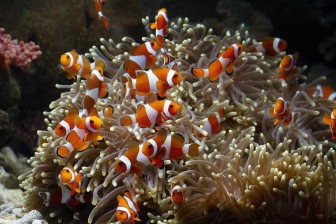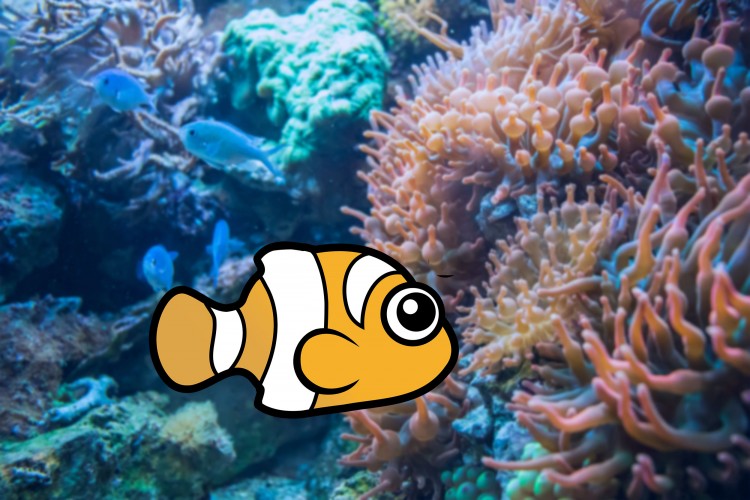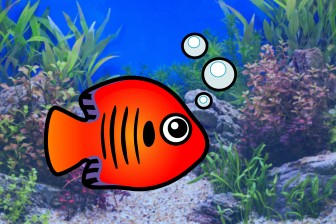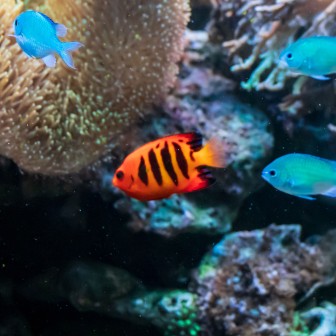
Did you know that there are some species of fish and other marine animals with spoooooky sounding names? With the scary holiday coming up soon (Halloween is always celebrated on October 31st), we though it would be a great time to share some of these fun names.
Some fish and other ocean-dwelling animals have Halloween-appropriate names due to their appearance or behavior. Here's a fun list!
- The Ghost Pipefish is so named because of its ghostly, almost transparent appearance.
- Also known as the Payara, the Vampire Fish has two large fangs that can grow up to 6 inches long! It's found in the Amazon Basin and uses its fangs to pierce its prey.
- Two parasitic species, the Sea Lamprey and the Candiru fish, are also sometimes known as Vampire Fish due to their behavior.
- The Goblin Shark is a deep-sea creature sometimes called a "living fossil" since its family lineage can be traced back over 125 million years. It has a ghoulish appearance with a long snout and terrifying jaws that can protrude almost to the tip of its snout when it's catching prey.
- The Asian species Ghost Catfish is so named due to its transparent body.
- Found in the warm waters of the Atlantic Ocean, some species of Batfish have a flattened appearance and often "walk" on the seafloor using their fins, similar to bats crawling. Their unique shape and movement could inspire some aquatic Halloween stories.
- While not a fish, the Halloween Hermit Crab certainly deserves a mention on this list! It's named for its orange and black bands, which remind people of the traditional colors of Halloween.
- A tiny fish found in Myanmar is called Dracula Fish because of its fang-like teeth.
- Just like jack-o-lanterns light up the night on Halloween, Lanternfish light up the deep sea. They have special organs that produce light, making them glow in the ocean's depths.
- The Pumpkinseed fish is a freshwater species that is brightly colored with pumpkin-seed-shaped body.
We hope you have a safe and fun Halloween and spooky season! May your candy basket be filled with Swedish Fish this Halloween night!
